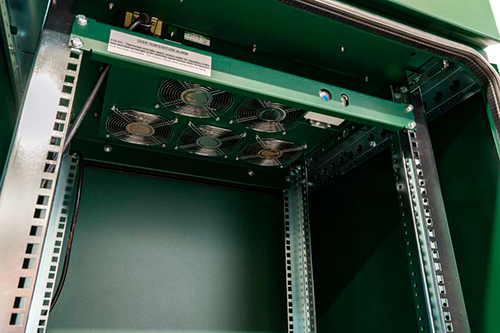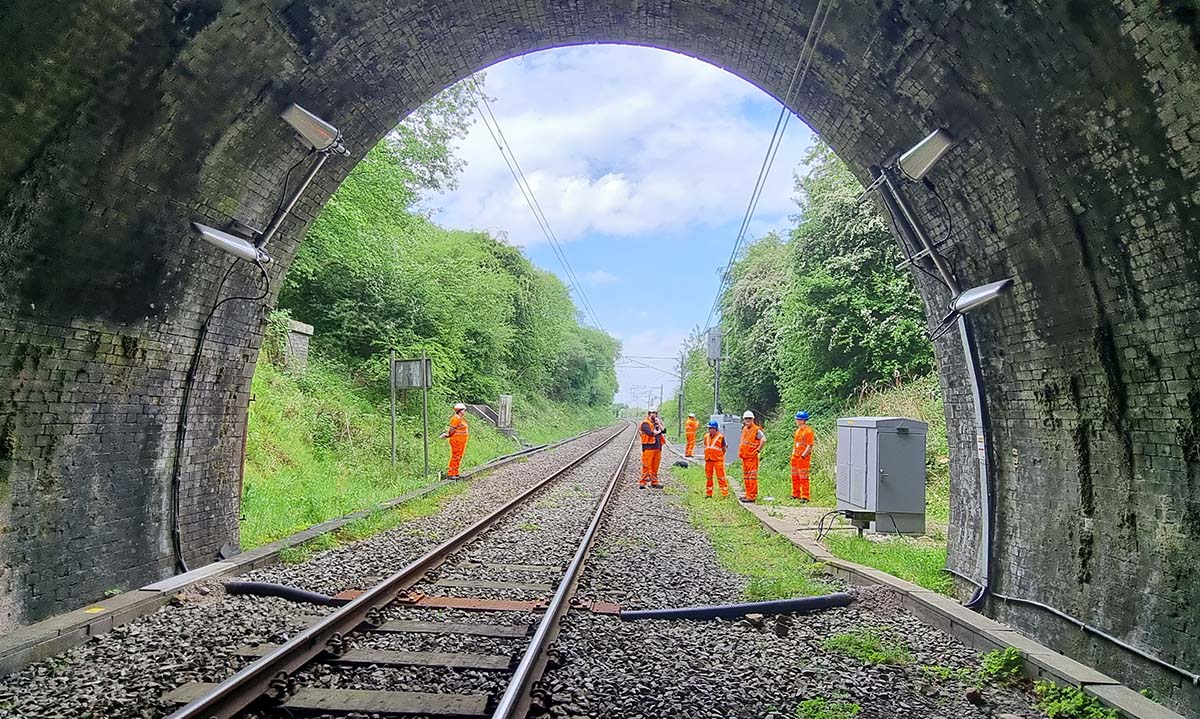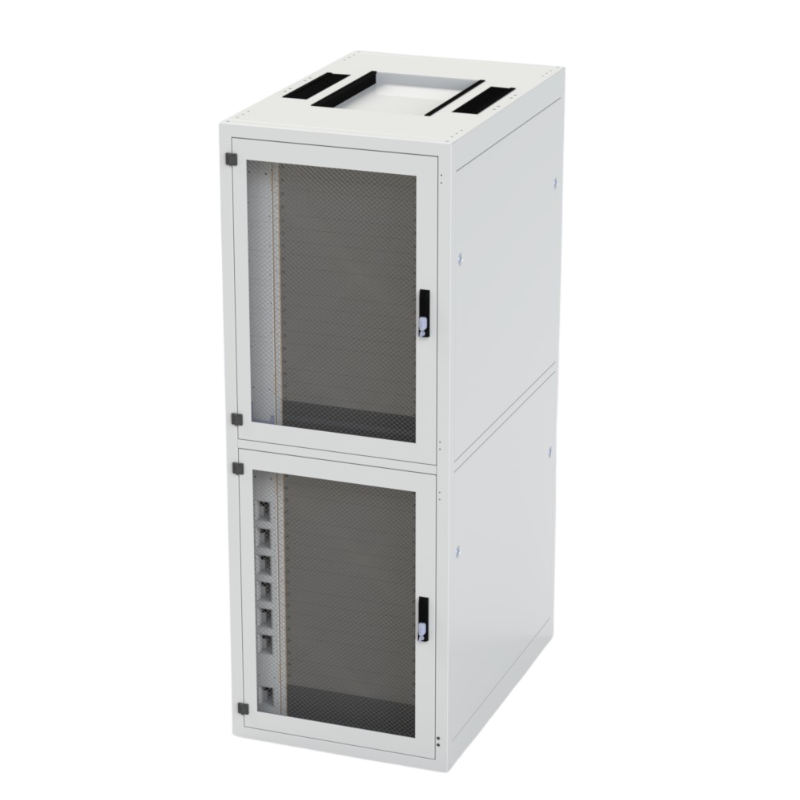The role of thermal management in trackside location cases
In the realm of modern railway systems, outdoor railway cabinets (known as Location Cases or LOC’s for short) play a crucial role in ensuring the smooth and efficient operation of multiple critical infrastructure components. These cabinets are increasingly housing more sophisticated electronic equipment that is essential to achieving the goal of increasing rail network capacity without building more track.
Equipment can include power supplies, batteries, network switches, and control systems, necessary for the functioning of signalling, communication, and safety systems.
There’s one aspect that is absolutely critical for maintaining optimal performance and ensuring the longevity of the equipment within outdoor cabinets: effective thermal management. The current specifications for location cases issued by Network Rail embody this.
Equipment longevity and reliability
Railway systems rely heavily on various electronic and electrical equipment housed in outdoor cabinets. Outdoor rail cabinets are exposed to extreme weather conditions, including high temperatures, humidity, rain, and dust. Without proper thermal management, the internal temperature of the cabinet can rise significantly, leading to accelerated equipment aging, reduced lifespan, and increased failure rates.
By implementing robust thermal management solutions, such as active cooling techniques and efficient airflow design, the internal temperature can be kept within optimal operating limits, thereby safeguarding the longevity and reliability of the installed equipment, and minimising downtime and maintenance costs.
Preventing thermal stress
Signalling, communication, and safety systems are critical components of the railway sector’s infrastructure. These electronic components generate heat during operation, and if this heat is not dissipated efficiently, it can result in thermal stress. Direct sunlight adds heat from Solar Gain, which can be very significant even in Britain.
Excessive heat can cause performance degradation, intermittent failures, and even permanent damage to sensitive components like batteries, processors and power electronics. Proper thermal management to mitigate the thermal loads helps dissipate the heat generated, maintaining components at safe operating temperatures, and preventing thermal stress-related issues.

Enhanced performance
For highly reliable operations, temperature-sensitive equipment housed within outdoor railway cabinets need to be in stable operating conditions. Excessive heat can lead to power supply inefficiencies, voltage drops, signal degradation and increased error rates. By implementing effective cooling mechanisms and thermal insulation techniques, outdoor rail cabinets can maintain the required ambient temperature, ensuring the consistent and reliable performance of critical systems. This, in turn, contributes to enhanced safety, improved data transmission, and increased overall system efficiency.
Important trackside considerations
Working in the vicinity of railway lines is inherently dangerous, therefore access to infrastructure situated there is strictly limited and controlled. To minimise risk, all systems to be deployed there are designed for reliability, for instance with as few moving parts as possible. Active cooling techniques, using fans for example or air conditioners are avoided if possible for this environment. This raises the engineering challenge of meeting cooling requirements using passive and convection-based techniques.
Regulations and standards
The railway industry is subject to strict industry standards and regulations, including those related to its safety and performance. An effective thermal management system can help you to meet these compliance requirements.
Thermal management is a critical aspect of ensuring the reliable operation, longevity, and optimal performance of operating equipment in outdoor railway cabinets. A well-maintained and thermally managed cabinet not only enhances equipment performance but also contributes to the overall safety, efficiency, and sustainability of rail networks. With increasing demands on railway infrastructure, prioritising thermal management in outdoor cabinets is essential for maintaining a robust and reliable railway network.
At Rainford we know how to overcome those challenges. We optimise the thermal performance of our railway cabinets by using cutting-edge simulations and controlled physical tests. Our goal is simple: to provide reliable, long-term protection to our customers’ equipment at every stage of the process.
For more information about our approach to thermal management, please do not hesitate to contact us.




